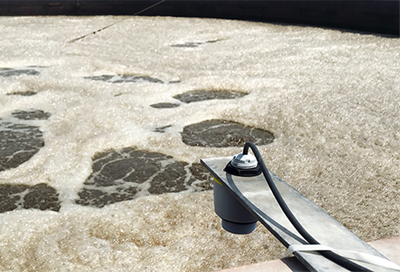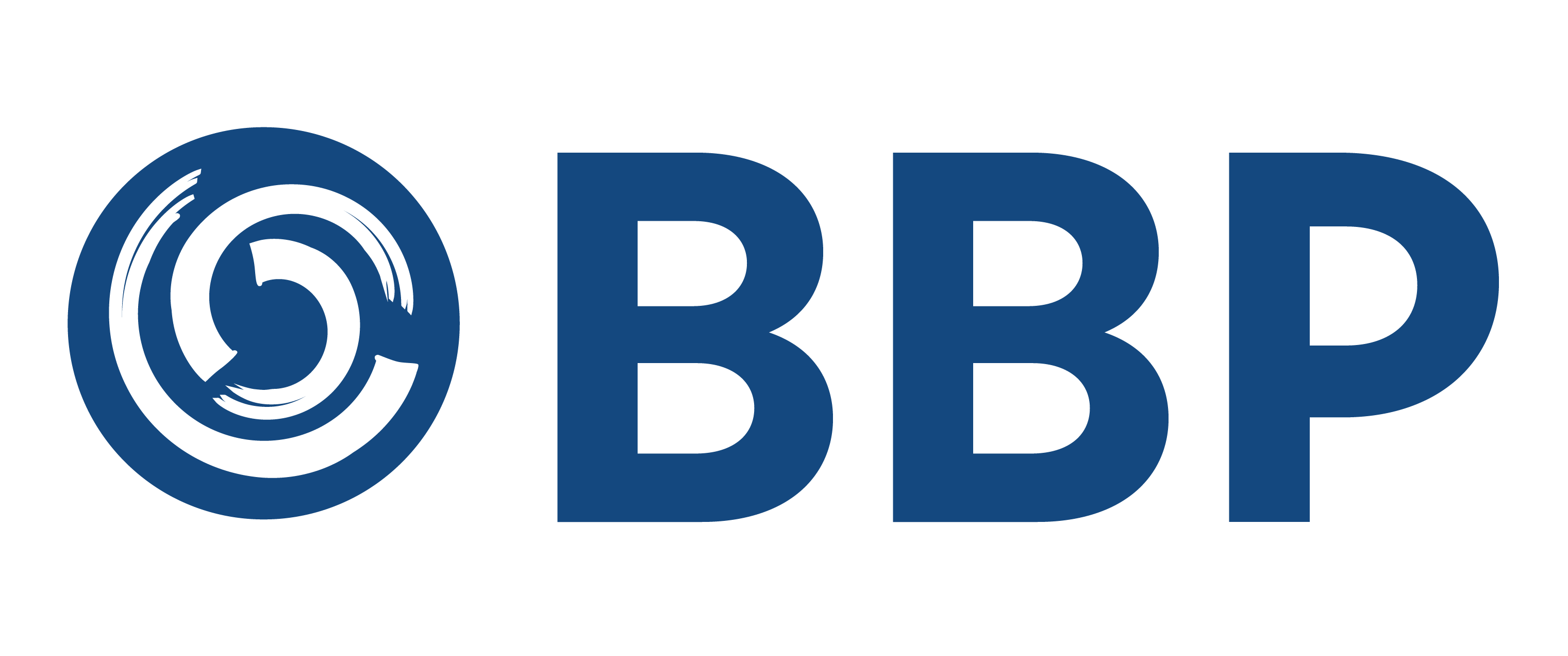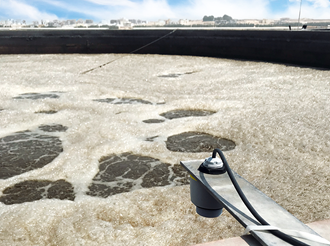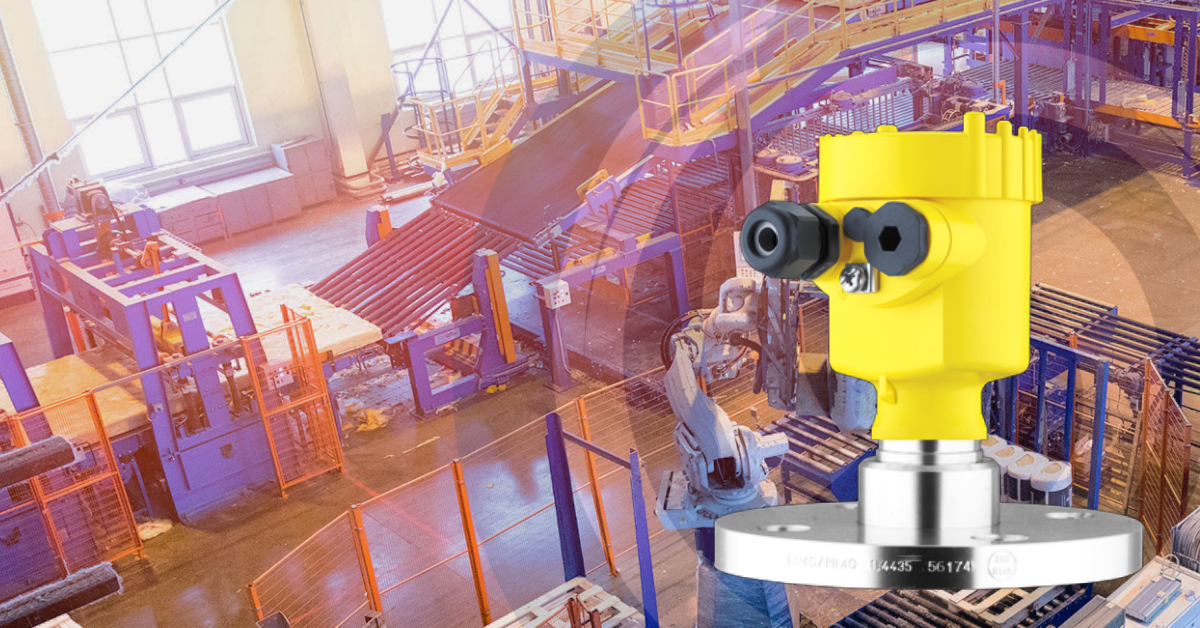
New compact measuring instrument series from VEGA measures process water reliably
The leading dairy and juice company Al Rawabi Dairy, at the Al Khawaneej site in the United Arab Emirates (UAE), is definitely a very special enterprise. Its indispensable employees are 13,500 cows, who supply every day the coveted raw material for the large range products, which include milk and yoghurt, the sour milk product Laban as well as functional dairy products. It all started 30 years ago with 500 cows imported from Germany. Today, 275,000 litters of dairy products are produced from the white raw material every day. In addition, another 15,000 litres of pasteurised juices are produced every day. Dairy products are very popular in the United Arab Emirates. At present, Al Rawabi Dairy products are available in more than 12,500 shops in the United Arab Emirates (UAE), Oman and Qatar. The company has also made a name for itself in the area of multifunctional dairy products. These are enriched with multiple vitamins and minerals that contribute to improving the health of the consumers. It is no coincidence that the company was listed among the 40 strongest brands in the Arab world by Forbes Magazine in 2008 and 2015 and has received several international awards for its innovations.
Wastewater in the focus
Due to the high outdoor temperatures, every step in the production of these dairy products is closely monitored. This requires continuous reliable measurement. Only in this way can the company meet all global requirements when it comes to quality and hygiene. Al Rawabi Dairy has been working together with VEGA, the Schiltach-based expert in pressure and level measurement, on this task for several years. It all began with the installation of VEGABAR sensors (at that time still pilot series) for testing. The easy handling of the instruments and the good measuring results quickly won over the plant operators.
In dairies, the main focus is of course on the end product. But a functioning company has to concern itself with many other things as well, like wastewater treatment for example. In this plant not only is the usual process wastewater treated, but also the sludge generated by the animal dung. This creates a lot of foam in the wastewater, which makes measurement very difficult. The instruments from another manufacturer, an ultrasonic sensor and a hydrostatic level sensor, were just not up to the task. The result was unreliable measurement of levels on a daily basis.
Radar technology beats ultrasonic
VEGA has been developing sensors for radar level measurement at its factory in Schiltach for 30 years. A new era began a few years ago with the introduction of VEGAPULS sensors with 80-GHz operating frequency. By focusing the emitted signal more precisely, the received measurement and interference signals can be separated more easily – making the measuring process much more reliable and simple. Many measuring tasks that had once been considered impossible became commonplace thanks to this technology. Radar sensors from VEGA are now in use in more than 750,000 applications worldwide. The cost of radar sensors has fallen dramatically over the years and standard versions, now the same price as ultrasonic sensors, have become very affordable.
And the 80-GHz radar series even offers a number of additional advantages over ultrasonic sensors. One of the most important is undoubtedly its independence from external conditions – the radar sensor is just as unaffected by temperature fluctuations, vacuum or high pressures as it is by dirt and pollution. As a result, the level sensors are virtually wear and maintenance free and remain in service for many years. The beating heart of these new sensors is a radar microchip newly developed by VEGA and specially optimised for the requirements of level measurement. Thanks to the small design, the sensors are not only very compact, they are also so inexpensive that they can replace the previous ultrasonic sensors in almost all applications.
It was precisely these features that predestined them for use in the wastewater treatment plant of the Al Rawabi Dairy. There, the previously used level measuring equipment, which was used as overfill protection, quickly reached its limits. Above all, it was the foam that caused difficulties for the measuring instruments, but the heat from the sun (after all, the plant is located in the middle of the desert), condensate and turbulence from the huge agitators on the tank floor also played a role. Not only did the ultrasonic measurement deliver unreliable values, but the hydrostatic sensors that were subsequently used had to be cleaned again and again because of the heavy sludge on the floor.
Application of the new compact series
The solution was VEGAPULS C 21. This is a new compact IP68 radar level measuring instrument based on 80-GHz technology. The instrument has a fixed cable connection so that it is well protected against flooding. The technical background: Ultrasonic sensors are often equipped with mechanical flood protection sleeves. However, such components can easily collect dirt and flotsam, which ultimately degrades the reliability of the measurement. Another problem is that the speed of sound changes with increasing temperature, for example due to solar radiation. This also causes inaccurate level values.
Reliable measured values right from the start
Thanks to Bluetooth technology, installation and commissioning was extremely simple. This helps the plant maintenance team to commission and diagnose the sensors wirelessly – i.e. with any smartphone or tablet. Adjustment can be carried out from a distance of up to 25 metres. But the measuring results themselves were also astounding – the plant operators were able to see the difference immediately. Stable, accurate measured values were available right from the start. Optimised signal processing allows radar sensors to suppress interference caused by buildup on the antenna system.
Share







